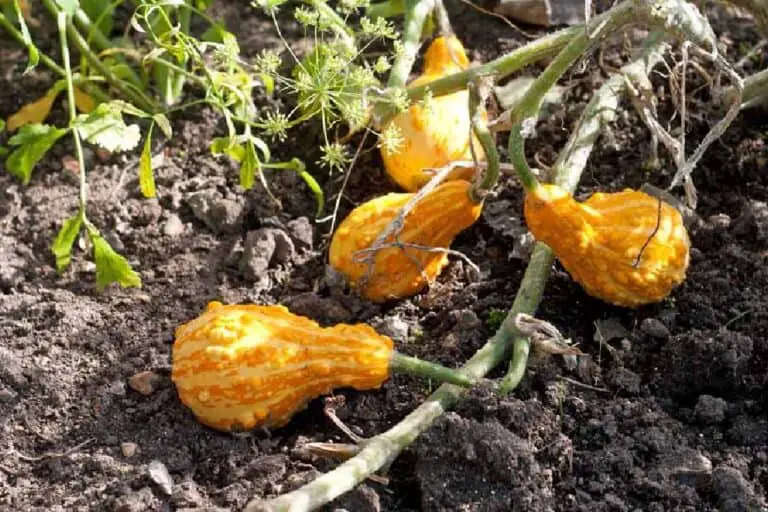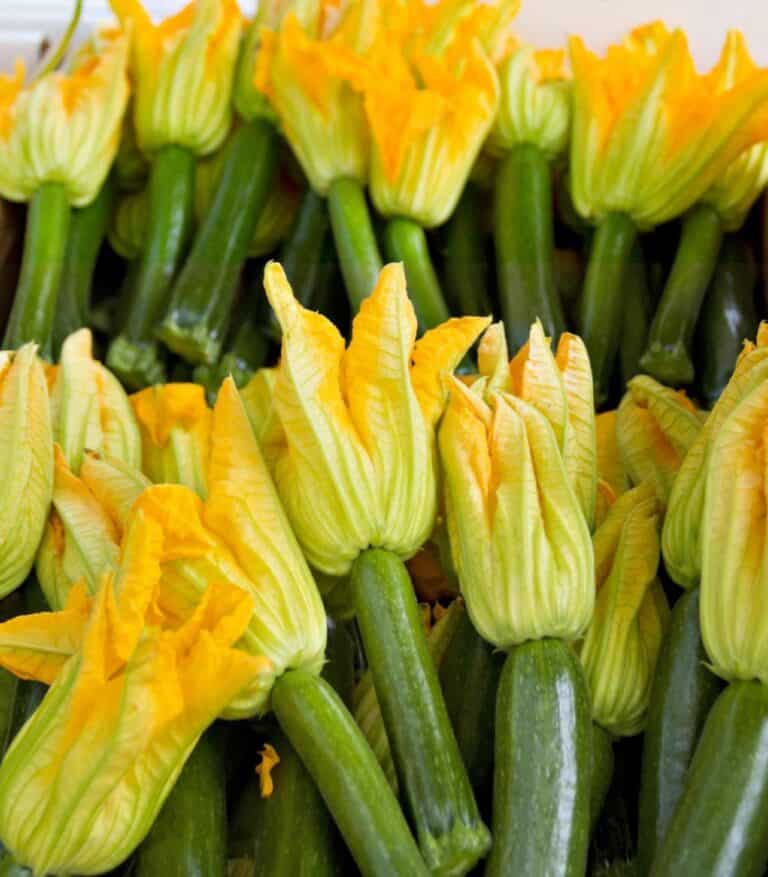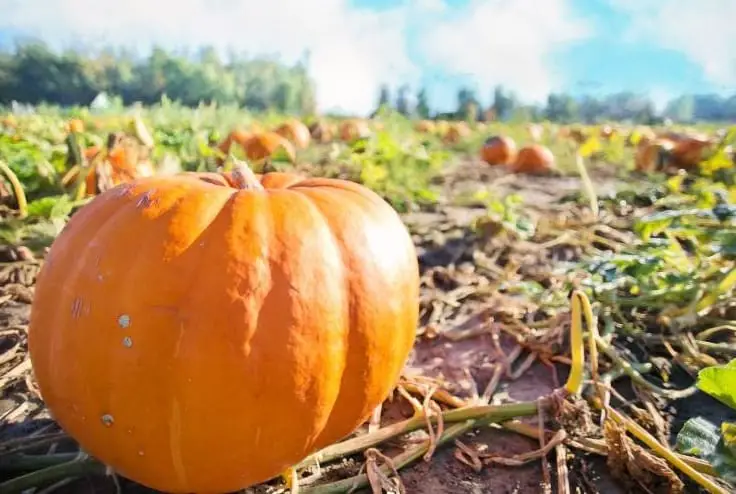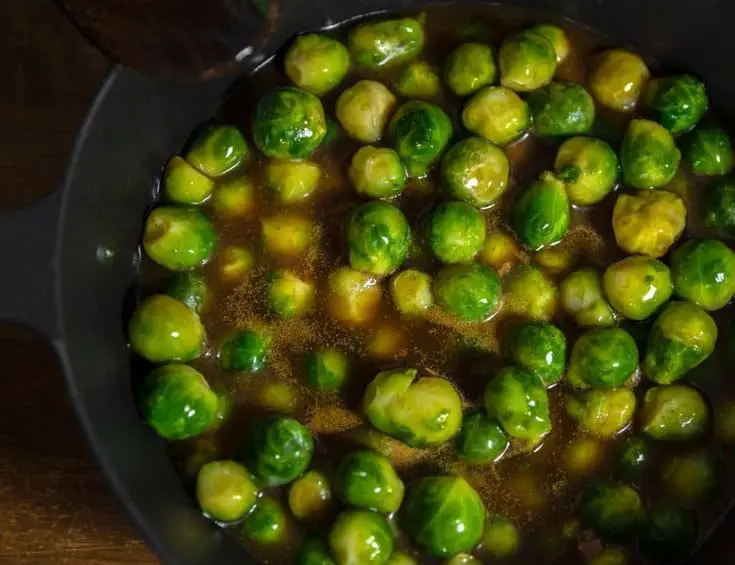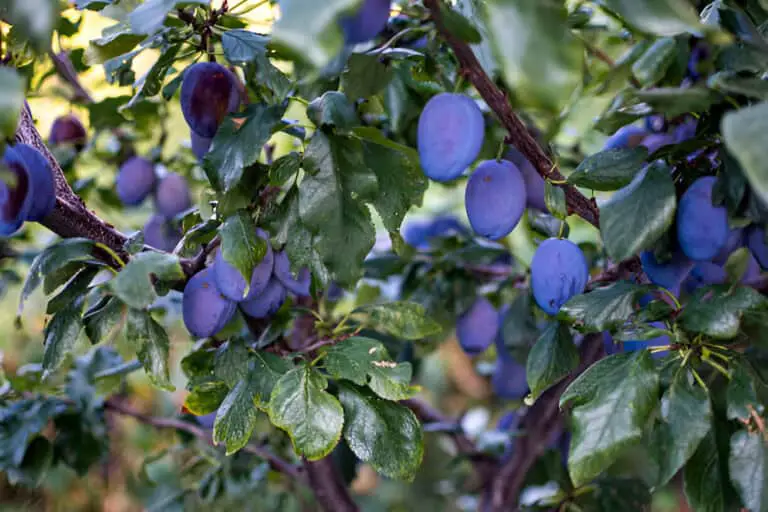Subsistence Farming vs. Growing Cash Crops: What Is the Difference?
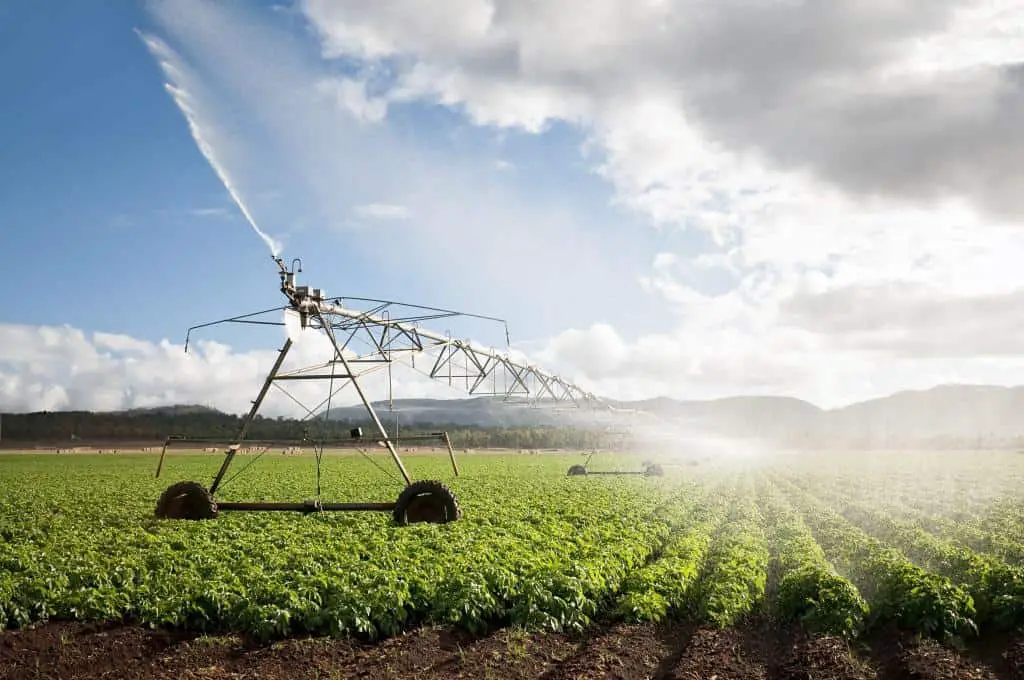
In the world of agriculture, two primary farming methods dominate the landscape: subsistence farming and growing cash crops. Both approaches play crucial roles in meeting the food demands of communities and contributing to the overall economy.
While they share the common goal of producing food, there are distinct differences between subsistence farming and growing cash crops.
In this article, we will explore the differences between subsistence farming and growing cash crops, their characteristics, benefits, challenges, and impact on the environment and society.
Join us as we unravel the tale of two agricultural practices, where the rhythm of nature intertwines with the pulse of commerce, shaping the landscapes and lives that depend on them.
Subsistence Farming: Nurturing Communities
Subsistence farming, also known as subsistence agriculture, revolves around producing enough food to meet the needs of a farmer’s family and local community. It is typically practiced in rural areas and relies on traditional farming techniques passed down through generations. In this method, the primary objective is self-sufficiency rather than generating profits.
Characteristics of Subsistence Farming:
| Aspects | Descriptions |
| Land size and ownership | Subsistence farmers typically own small plots of land, which are cultivated for personal sustenance. |
| Crop selection and diversity | There is a diverse range of crops grown in subsistence farming, including staples like grains and vegetables. |
| Labor requirements | Subsistence farming heavily relies on family labor, with all members actively participating in farming activities. |
| Level of self-sufficiency | Subsistence farmers aim to meet their basic needs, relying less on external factors for sustenance. |
Subsistence farming is deeply rooted in local communities, promoting self-reliance, and reducing dependency on external sources for food. It enables farmers to maintain control over their food supply and preserves cultural practices associated with traditional farming agriculture.
Challenges in Subsistence Farming
While subsistence farming has sustained rural communities for generations, it faces several challenges that hinder its productivity and development.
- Limited access to resources and technology: Subsistence farmers often lack access to modern farming resources, such as high-quality seeds, fertilizers, and machinery, hindering their productivity.
- Vulnerability to climate change and natural disasters: Subsistence farmers are more susceptible to the adverse effects of climate change, as their livelihoods heavily depend on weather patterns.
- Lack of market opportunities and financial constraints: Due to limited surplus production, subsistence farmers face difficulties in accessing profitable markets, exacerbating their financial constraints.
- Impact on rural poverty and food security: Subsistence farming, while ensuring immediate sustenance, may contribute to persistent rural poverty and hinder broader food security efforts.
Growing Cash Crops: Agriculture as a Business
Contrasting subsistence farming, growing cash crops focuses on cultivating crops primarily for commercial purposes. Cash crops are agricultural products that have a high market value and are grown to generate profits.
This farming method is prevalent in both rural and urban areas, often requiring larger land areas and employing modern agricultural practices.
Characteristics of Growing Cash Crops:
- Specialization: Farmers focus on cultivating specific crops that have high demand and market value, such as coffee, cocoa, cotton, or tobacco.
- Commercialization: The produce is sold to buyers, processors, or exporters, contributing to the local and global supply chains.
- Advanced technology: Growing cash crops often involves the use of modern farming techniques, machinery, and inputs like fertilizers and pesticides.
- Economies of scale: Farmers may expand their operations to maximize production, taking advantage of bulk sales and cost efficiencies.
- Market-driven decisions: Market trends, profitability, and the farmer’s access to infrastructure and resources all play a role in the choice of crops.
Growing cash crops can provide farmers with increased incomes, employment opportunities, and access to markets beyond their local communities. However, it also exposes them to market fluctuations, price volatility, and the risk of relying heavily on a single crop.
Benefits of Growing Cash Crops
Growing cash crops can have numerous benefits, both for farmers and the broader economy:
- Increased income and economic growth: Cash crop production enables farmers to generate significant income and contribute to local and national economic growth.
- Access to markets and trade opportunities: By growing crops with high market demand, cash crop farmers have better access to local and international markets, providing opportunities for trade and export.
- Job creation and rural development: Cash crop production often requires additional labor, leading to job creation and contributing to rural development.
- Adoption of innovative farming practices: Cash crop farming encourages the adoption of modern techniques, such as precision farming and efficient irrigation systems, leading to increased productivity and sustainability.
Factors Influencing the Choice
The decision between subsistence farming and growing cash crops depends on various factors, including:
- Economic conditions: Farmers assess the profitability of cash crops compared to subsistence farming, taking into account market demand, prices, and potential returns.
- Access to resources: The availability of land, capital, technology, infrastructure, and inputs influences the viability of growing cash crops.
- Market access: Proximity to markets, transportation networks, and the ability to connect with buyers affect the feasibility of commercial farming.
- Socio-cultural factors: Cultural practices, traditions, and the importance of self-sufficiency play a significant role in determining whether a farmer chooses subsistence farming or growing cash crops. In some cases, the preservation of cultural heritage and the desire to maintain a close-knit community may prioritize subsistence farming.
- Environmental considerations: The suitability of the land for specific crops, water availability, climate conditions, and the potential impact on natural resources are vital factors to consider. Subsistence farming, with its focus on sustainable practices and diversified crops, may be favored in environmentally sensitive regions.
It’s important to note that the choice between subsistence farming and growing cash crops is not always binary. Many farmers adopt a mixed farming approach, combining elements of both methods to meet the needs of their families and generate additional income.
Impacts on Farmers and Societies
Subsistence Farming
Subsistence farming serves as a lifeline for many rural communities, providing them with food security and preserving local traditions. By producing a variety of crops, farmers ensure a balanced diet and reduce the risk of food shortages. Additionally, the reliance on familial labor fosters a sense of unity and shared responsibility within communities.
However, subsistence farming often faces challenges such as limited access to resources, inadequate infrastructure, and vulnerability to climate change. Farmers engaged in subsistence farming may struggle to cope with external shocks and fluctuations in weather patterns, which can directly affect their food production and livelihoods.
Growing Cash Crops
Growing cash crops can bring significant economic benefits to farmers and societies. It creates employment opportunities, stimulates local economies, and contributes to foreign exchange earnings through exports. Cash crop farming often demands higher levels of investment, leading to the development of infrastructure, technology adoption, and improved agricultural practices.
However, the reliance on a single cash crop can expose farmers to market risks and price volatility. Fluctuations in global demand and changing trade policies can have adverse effects on their incomes. Additionally, the intensive use of chemical inputs in cash crop farming raises concerns about environmental sustainability and long-term soil fertility.
Read: Crops to Feed Livestock
Balancing Subsistence Farming and Cash Crop Production
Finding a balance between subsistence farming and cash crop production is crucial for sustainable agricultural development.
- Encouraging subsistence farmers to transition to growing cash crops can improve their livelihoods and increase their access to markets.
- Diversification of crops and the integration of sustainable practices can help subsistence farmers maintain self-sufficiency while generating income from cash crops.
- Government support through infrastructure development, access to credit, and extension services is essential to facilitate this transition.
Conclusion
Subsistence farming and growing cash crops represent distinct approaches to agriculture, each with its own set of characteristics and implications. Subsistence farming prioritizes self-sufficiency, diversified crops, and local community needs, while growing cash crops focuses on commercialization, profitability, and market-driven decisions.
The choice between the two methods depends on various factors, including economic conditions, resource availability, market access, socio-cultural considerations, and environmental factors. It’s important to recognize that farming practices are not static, and many farmers or cultivator adopt a mixed approach to leverage the benefits of both subsistence farming and cash crop cultivation.
Both subsistence farming and growing cash crops play essential roles in ensuring food security, supporting livelihoods, and contributing to the overall development of societies. By understanding their differences and impacts, we can appreciate the diverse strategies employed by farmers worldwide and work towards sustainable agricultural practices that meet the needs of present and future generations.

